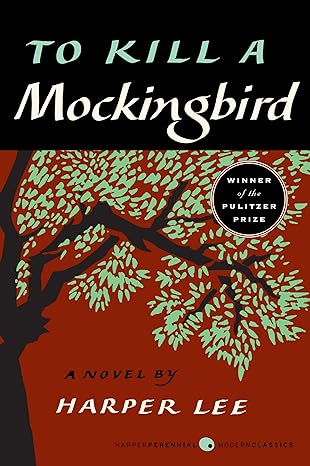Main Topic
The main theme of “To Kill a Mockingbird” revolves around racial injustice, moral growth, and compassion in a small Southern town during the 1930s.
Key Ideas or Arguments
- Racial Injustice: The novel delves into the deeply rooted racial prejudices of the time, focusing on the trial of Tom Robinson, a black man falsely accused of raping a white woman.
- Moral Growth: Through the protagonist, Scout Finch, and her father, Atticus Finch, the narrative explores the moral development of individuals confronted with societal prejudice.
- Compassion: The importance of understanding and empathizing with others is a central theme, exemplified by Atticus’s defense of Tom Robinson.
Chapter Titles or Main Sections
- Childhood: In this section, Scout and her brother Jem befriend Dill and become fascinated with their reclusive neighbor, Boo Radley.
- Trial and Prejudice: The focus shifts to the trial of Tom Robinson, showcasing the racial biases present in the legal system and the community.
- Confrontation: The climax involves Scout’s understanding of Boo Radley and the revelation of his compassionate nature.
Key Takeaways
- Prejudice Persists: The narrative highlights the enduring nature of prejudice and its impact on society.
- Courage in Compassion: Atticus’s unwavering moral stance exemplifies the courage needed to challenge injustice.
- Loss of Innocence: Scout’s coming-of-age journey symbolizes the loss of innocence in the face of societal complexities.
Author’s Background and Qualifications
Harper Lee, an American author, drew inspiration from her own experiences growing up in the racially charged South during the 1930s. Her deep understanding of the social dynamics of the time enriches the novel.
Comparison to Other Books
“To Kill a Mockingbird” stands out due to its unique narrative perspective and exploration of moral growth. It’s often compared to “The Help” by Kathryn Stockett for its examination of racial tensions in the South.
Target Audience
The book appeals to readers interested in historical fiction, social justice, and profound explorations of human nature. It is frequently included in high school curricula.
Reception or Critical Response
The novel received widespread acclaim for its social commentary, winning the Pulitzer Prize for Fiction in 1961. However, it has faced criticism for its portrayal of race and gender.
Publisher and First Published Date
Published by J.B. Lippincott & Co. in 1960, “To Kill a Mockingbird” quickly became a literary phenomenon.
Recommendations – Other Similar Books
- “Go Set a Watchman” by Harper Lee.
Biggest Takeaway
“To Kill a Mockingbird” poignantly underscores the enduring impact of prejudice while emphasizing the transformative power of compassion in the face of injustice.



